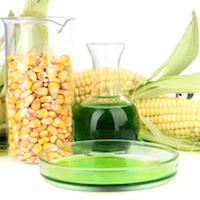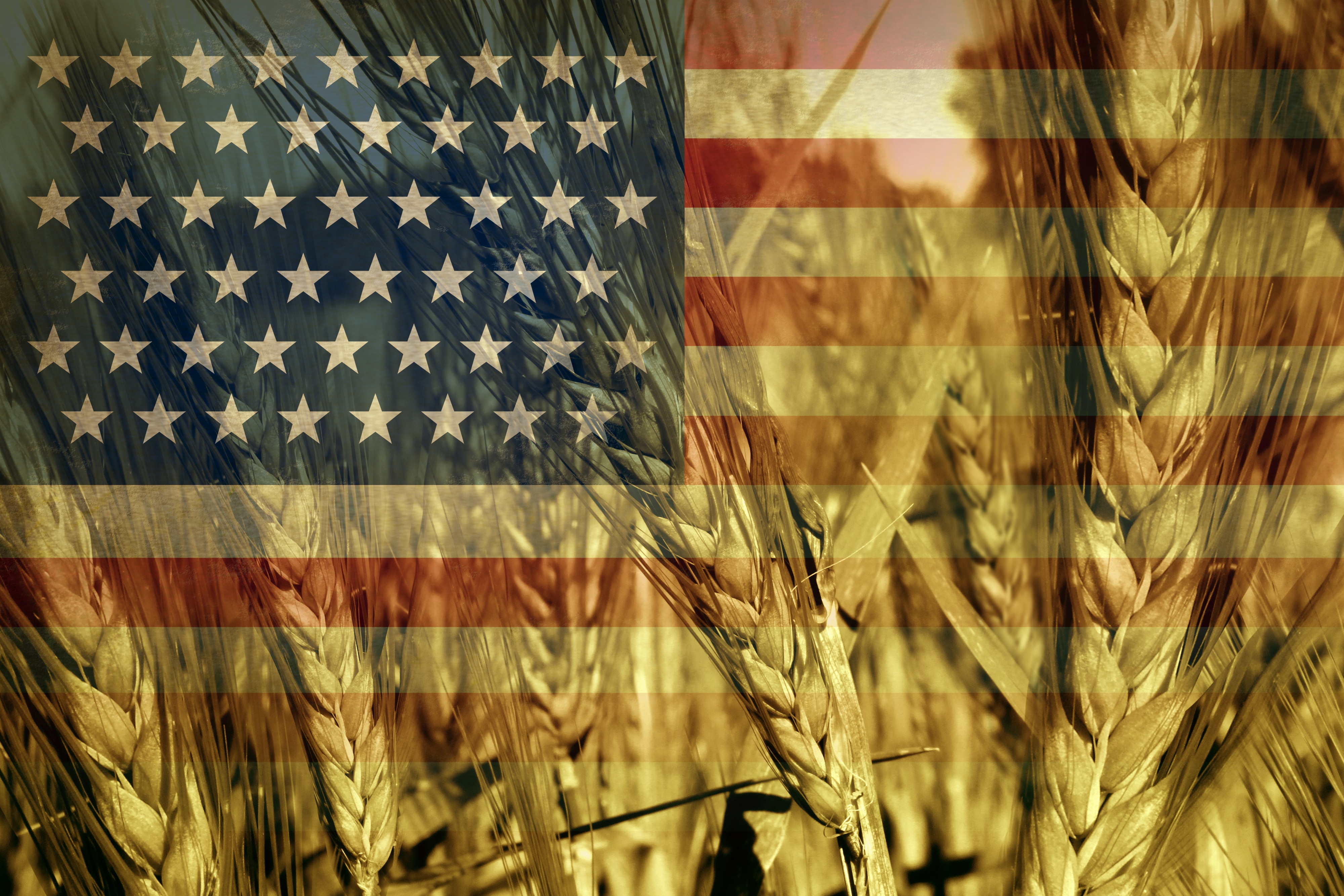EPA Grants RFS Waivers on Eve of Inauguration
In the Trump Administration’s final hours, the EPA granted two small refinery exemptions to the Renewable Fuels Standard (RFS) and appears to have reversed a previous denial.
EPA does not release information on who has received the waivers, but the Renewable Fuels Association (RFA) notes the two waivers granted for 2019 amount to a loss of 150 million gallons of biofuel demand.
The RFA also notes that the EPA website indicates a previously denied 2018 waiver request was reversed, resulting in an additional loss of 110 million gallons of biofuel demand.
The RFA immediately threatened to challenge the waivers in court.
“This midnight-hour attempt by the Trump administration to damage the Renewable Fuel Standard and sabotage the ethanol industry’s recovery from the COVID pandemic simply cannot be allowed to prevail,” RFA CEO Geoff Cooper said in a statement. “With just hours remaining in his shameful term as EPA Administrator, Andrew Wheeler couldn’t stop himself from doling out a few more Clean Air Act compliance exemptions to his well-connected friends. But the fact remains that today’s action by EPA is completely without legal merit. It flouts both the statute and recent court decisions that clearly limit EPA’s authority and ability to grant these exemptions. And while this action comes as one last sucker punch from the Trump administration, we are confident it will be a hollow victory for the politically connected oil companies receiving today’s waivers, as the new Biden Administration will most certainly act quickly to restore the volumes erased by these waivers.”
Biofuel organization Growth Energy notes these latest waivers bring the total number of Small Refinery Exemptions (SREs) granted by the Trump Administration to 88, representing 4.3 billion gallons of biofuel demand.
“Farm families and biofuel workers across the country have worked tirelessly to make a living over the past few months despite a global pandemic. And yet, the Trump Administration’s SRE abuse has piled on to the uncertainty and difficulty that rural Americans are facing every day,” added Growth Energy CEO Emily Skor in a press release. “Given President-elect Biden’s commitments on the campaign trail, we‘re confident his incoming team will swiftly work to reverse the damage these oil handouts have done to rural America by this midnight maneuvering.”
Outgoing EPA Administrator Andrew Wheeler had earlier indicated he would wait until the Supreme Court had reviewed a suit over the waivers before making a determination on the outstanding 2019 and 2020 waiver requests. The court is set to review a 10th Circuit ruling that the waivers were meant to be extension, so refiners could not be granted a waiver to the blending requirements of the RFS if they had not been granted a waiver every year since it was implemented in 2010.
“It shouldn’t be a surprise to those who have been paying attention for the last four years that this EPA would undermine corn farmers and the ethanol market on its way out the door. There is no reason for the EPA to take this action now, especially with the Supreme Court set to consider the Tenth Circuit ruling in the new term,” said National Corn Growers Association President John Linder. “Corn farmers need an EPA that will follow the law as written and intended by Congress. NCGA looks forward to working with the Biden Administration to rectify the harm caused by this EPA’s abuse of small refinery exemptions and restore the integrity of the Renewable Fuel Standard.”
The EPA website indicates there are still 30 outstanding SRE applications for 2019 and 15 pending applications for 2020.








